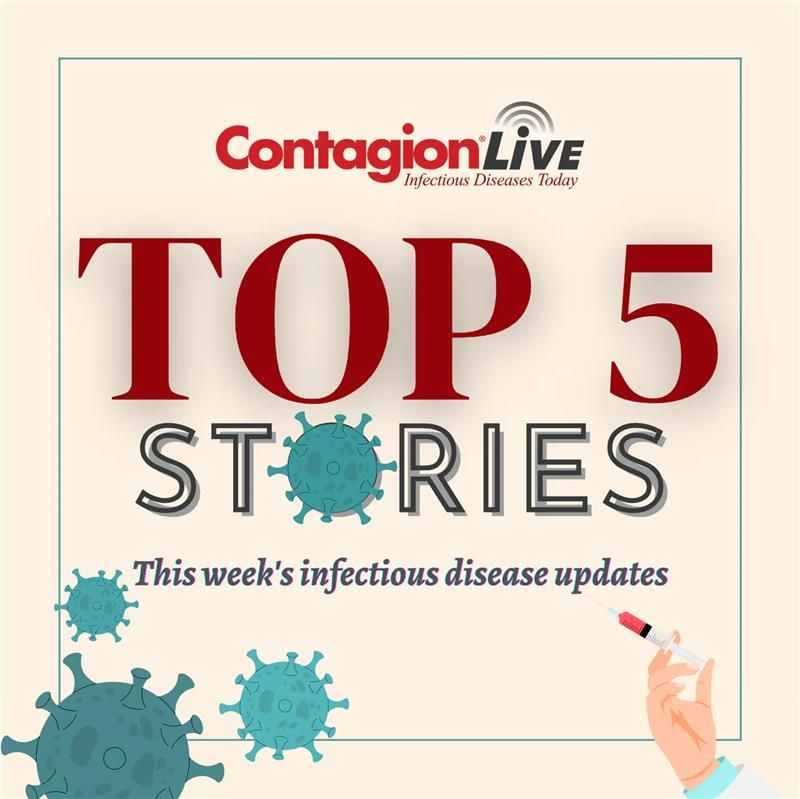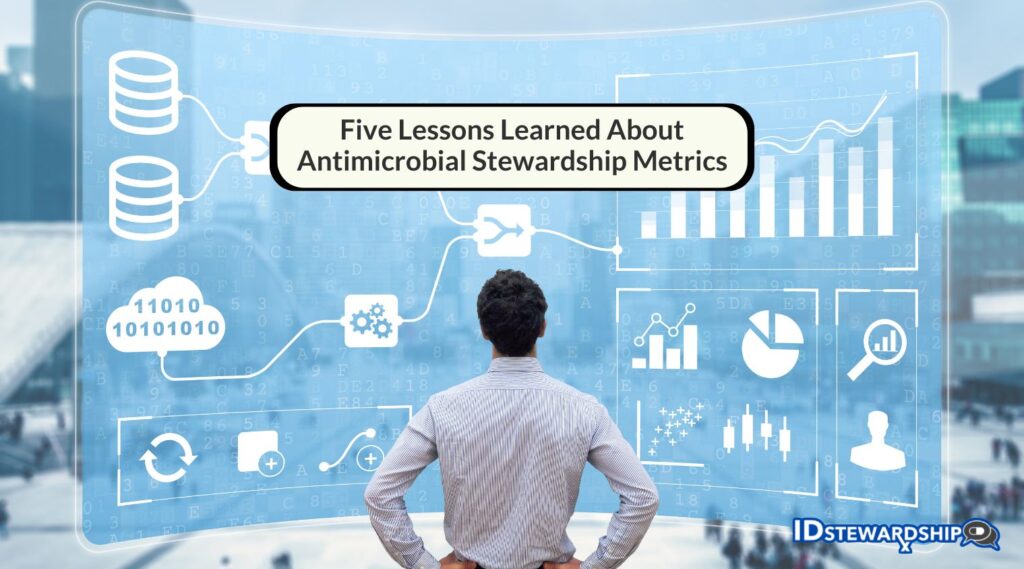During her panel discussion at the World AMR Congress, Akhila Kosaraju, MD, CEO and President of Phare Bio, addressed strategies for modernizing incentive structures in antimicrobial development. The panel addressed the main barriers to antimicrobial development and explored innovative approaches to overcome these challenges.
One of Kosaraju’s key points was the concept of the “two valleys of death” in drug development.
The First Valley of Death: This is the gap between early-stage discovery and clinical trials. It represents the high-risk phase where a new drug has to transition from initial research and development (R&D into more advanced stages, including preclinical studies and clinical trials. This phase is challenging due to the high cost of development, technical uncertainties, and the significant risk of failure.
Kosaraju explained, “In terms of how we’re addressing it, in addition to the efficiencies and the precision and the opportunities that come from the AI platform itself, we’re also using a nonprofit model. So the reason that’s important is that we’ve decided to have this part of the valley of death be funded with philanthropic and grant funding, and by doing that, we can de-risk our compounds, push them forward through preclinical development, and then have those conversations with venture capitalists and Big Pharma when these compounds are much closer to the clinic and where the risk-reward is rebalanced.
The Second Valley of Death: This occurs after a drug has been approved and involves the challenge of commercialization. Even if an antibiotic successfully makes it through clinical trials and receives approval, it may still face difficulties in succeeding commercially. This can be due to factors such as inadequate market incentives, low profitability compared to blockbuster drugs in other fields, and difficulties in achieving market penetration
Kosaraju’s approach to overcoming this challenge involves, “ moving the entire field forward with what’s called pull incentives, so subscription models or other ways to really reinvigorate the marketplace for antibiotics, you then have more activity on the licensing co-development side. You have more investment in preclinical pipelines commercially, so it trickles all the way to early stage development. And so we think it’s absolutely critical that not only are we addressing the first valley of death in early stage R&D, but that this second, you know, pull incentive necessity is addressed as well.”
Kosaraju also discussed how AI and deep learning are impacting antibiotic discovery and development. “AI is particularly suited for this because it can help identify and prioritize novel chemical spaces for drug discovery. By focusing on finding new mechanisms of action, AI addresses the core issue of AMR, which is the overuse of old antibiotics leading to increased resistance.
Since 2017, Phare Bio has achieved significant milestones. Kosaraju brings awareness to these accomplishments, “discovering two novel classes of antibiotics, published in Cell and the other in Nature Chemical Biology. We are also incorporating new parameters into our AI platform, such as drug toxicity, oral formulation, and half-lives, which could lead to significant advancements,” she explains. “A proof of concept in Nature last December on this idea, suggesting that AI could lead to tailored drug discovery processes.
Addressing the challenges in antibiotic development requires push and pull incentives. Kosaraju emphasized the role of government policies, “the first key part is having some marketplace. If you have an approved product, especially one that has a novel mechanism of action against a high-priority pathogen that should be incentivized and rewarded.”
Legislation like the PASTEUR Act can stabilize the market for novel antibiotics by separating sales volume from pricing, while increased government grants for early-stage innovation are crucial for breakthrough discoveries.
In conclusion, addressing the challenges in antibiotic development requires both innovative strategies, such as AI-driven discovery and nonprofit funding models, and supportive government policies. These measures are important for revitalizing the antibiotic pipeline and combating antimicrobial resistance effectively.








